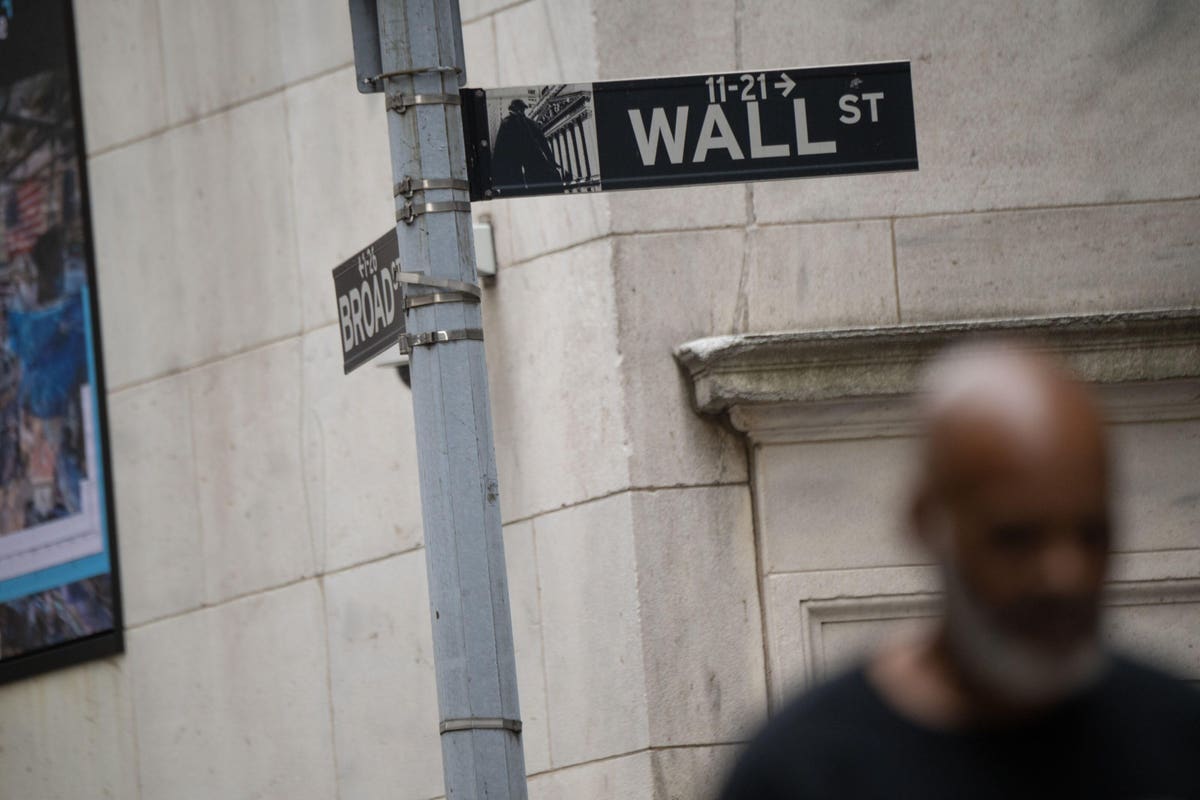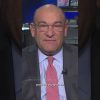Improving sentiment has led to a consensus among market watchers, who now expect a soft landing for the U.S. economy although much of the macro data continues to suggest caution. Monetary policy typically lags six to 18 months from an initial hike to a slowdown in activity, and it only became restrictive in late 2022, with the rise of real interest rates.
Coming into this hiking cycle, the U.S. Federal Reserve was far behind the curve – with nearly double-digit inflation and the federal-funds rate starting at 0% – so it is understandable that recession headwinds may need more time to coalesce.
Expectations of an imminent recession over the past few quarters were misplaced, yet we have long thought the potential timeframe for a recession would be in the second half of this year. It could slip to the first half of 2024, but recession remains the most likely outcome.
The soft-landing narrative took hold in mid-May, buoyed by an 11% rally in U.S. equities. Several high-profile Wall Street strategists capitulated, updating their outlooks to reflect a higher likelihood of a soft landing and/or raising their price targets for the S&P 500 Index.
The median year-end 2023 price target for the S&P 500 has risen from 4,000 in mid-May to 4,300 now, with targets raised by 14 of the 24 firms surveyed by Bloomberg. This coincided with the rally in U.S. equities and economic data reports that exceeded consensus expectations.
In July, the Bloomberg Economic Surprise Index reached its highest level since the initial post-lockdown recovery in the summer of 2020 and crossed into the top decile of its historical range – a level from which it often rolls over as a string of economic disappointments ensue.
The key drivers supporting a soft-landing scenario are debatable, and the recent run of improving economic data is certainly positive, but history shows that the U.S. economy often experiences sharp deteriorations in momentum as recessionary forces arrive.
Investors should keep in mind that resilient U.S. equity markets have checkered histories in correctly sniffing out recessions: in the six months before one began, stock markets delivered positive returns 42% of the time, and 25% of the time in the three months prior.
During his July 26 Federal Open Market Committee press conference, Fed Chair Jay Powell specifically referenced that the real (inflation-adjusted) federal funds rate is now in meaningfully positive territory (higher than inflation). This means monetary policy should be tight enough to curb inflation and slow economic growth.
Most investors focus simply on the level of interest rates, but most academic research – and the Fed’s models – focus on the level of interest rates relative to inflation.
In calculating the real rate, Powell’s preference is to use a mainstream measure of near-term inflation expectations as opposed to actual inflation. We concur, as investors and corporate decision-makers typically focus much more on what they think will happen in the future than what has happened in the past when making capital allocation decisions.
For example, consumers are much more likely to buy a house or car today if they think prices will be higher in a year, and they will focus less on what has recently transpired with prices.
Yet economists and market strategists may be premature in declaring “all clear,” as the lagged effects of monetary policy should begin to truly slow economic growth in the coming quarters.
Improving economic sentiment in recent weeks, just as the window for a recession may (finally) be opening, moderately reinforces our view that a recession is the likely outcome in the next year. Sentiment measures typically work best as contra signals. With the benefit of hindsight, this was the case coming into the year, as everyone expected the most anticipated recession ever, as it has been called.
With investors embracing a soft landing (misguidedly, in our view), it could happen yet again.
Our outlook is based on a specific process and indicators that have historically been effective in anticipating the onset of recession. While much less anticipated by the consensus than eight months ago, we continue to believe a recession is on the horizon.
Jeffrey Schulze, CFA, is Director, Head of Economic and Market Strategy at ClearBridge Investments, a subsidiary of Franklin Templeton. His predictions are not intended to be relied upon as a forecast of actual future events or performance or investment advice. Past performance is no guarantee of future returns.
Read the full article here








